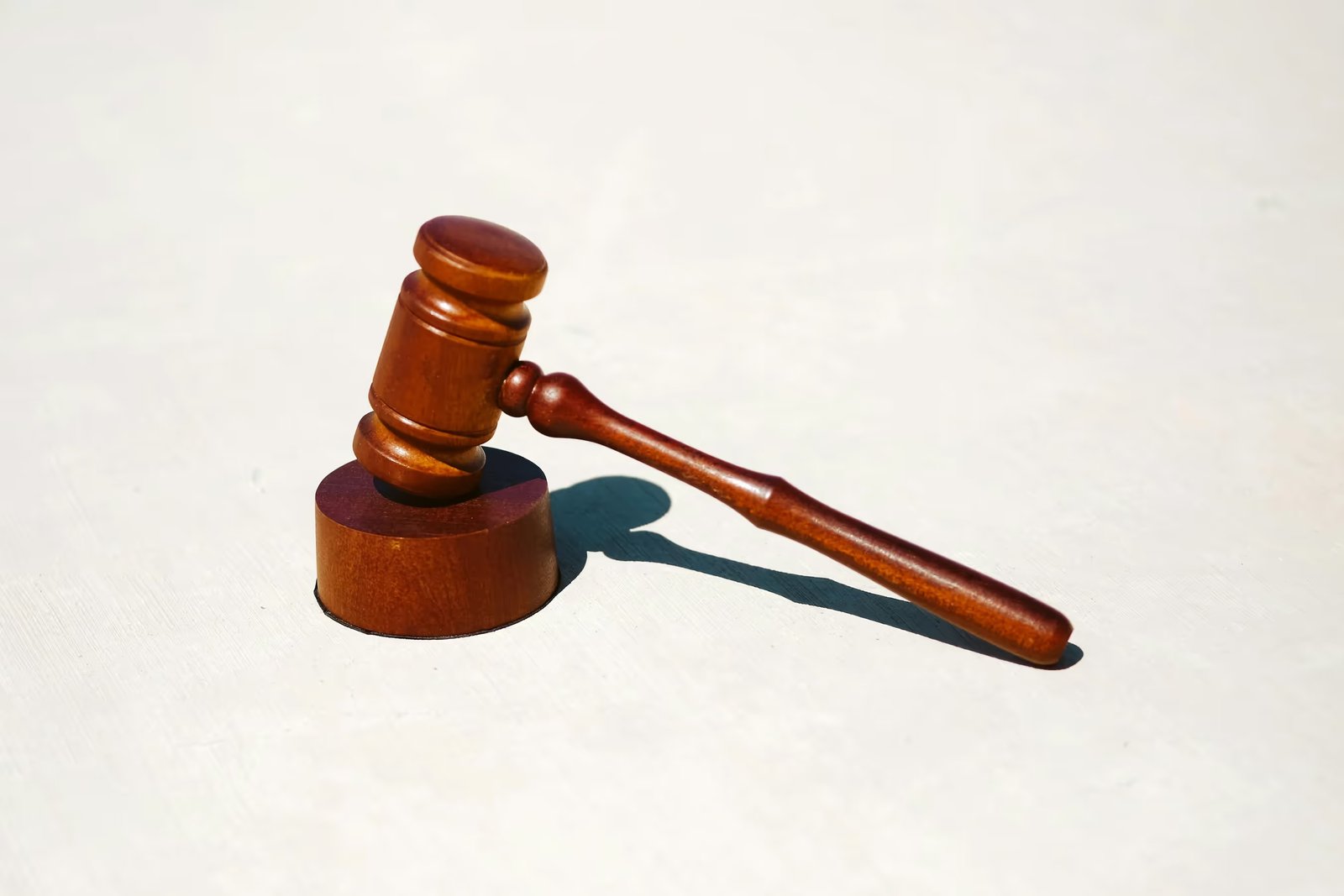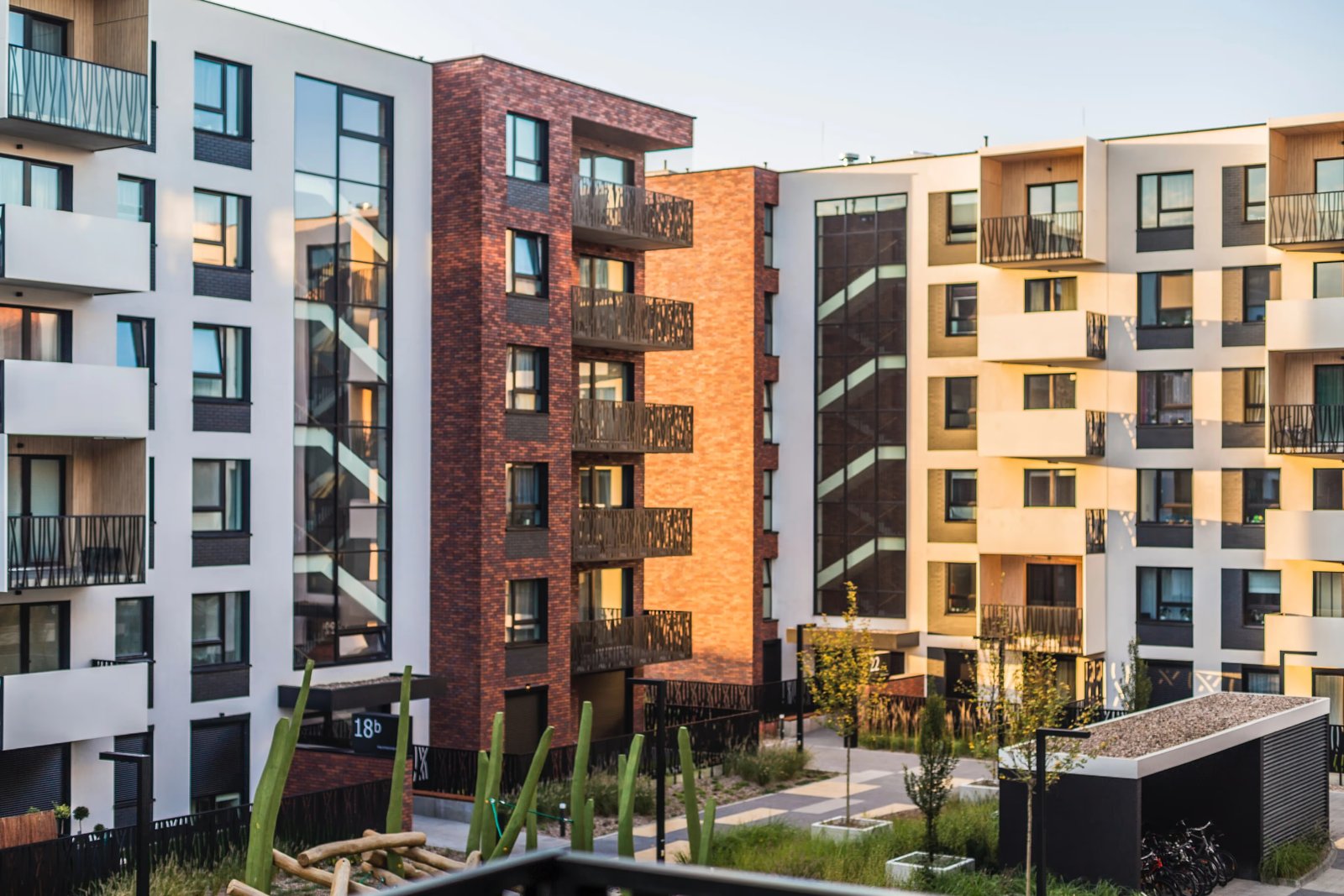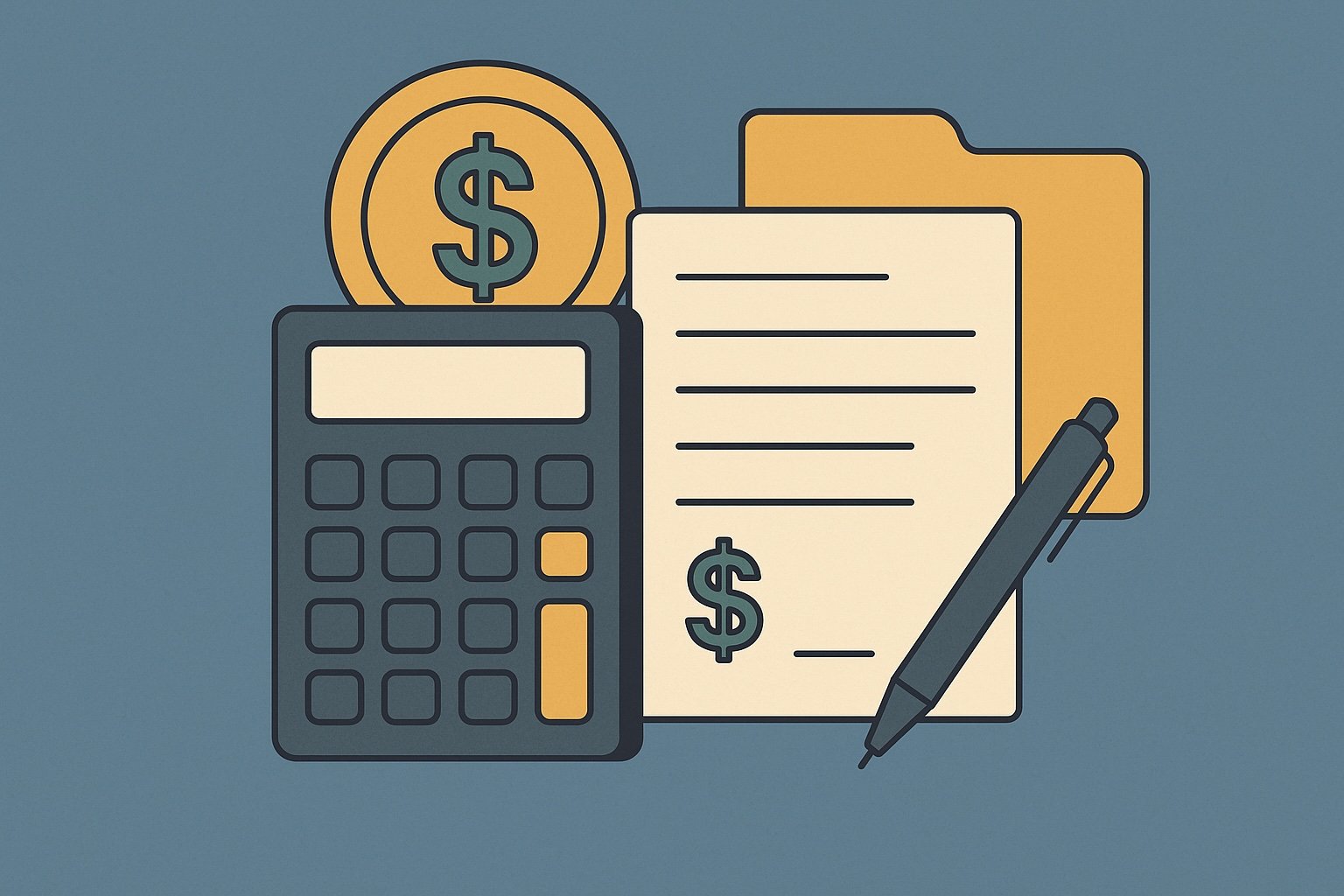Question
ARTE's Answer
Setting up a 1031 exchange involves several steps, and the timeline can vary depending on the complexity of the transaction and the readiness of the parties involved. However, the process can generally be initiated relatively quickly, especially when working with a qualified intermediary like us at Deferred.com. Here's a detailed breakdown of the process and timeline:
- Initial Consultation and Planning: The first step is to consult with a tax advisor or real estate professional to determine if a 1031 exchange is suitable for your situation. This step is crucial as it involves understanding the tax implications and ensuring that the properties involved qualify for a like-kind exchange. This initial planning phase can take a few days to a week, depending on how quickly you can gather the necessary information and consult with your advisors.
- Engaging a Qualified Intermediary: Once you decide to proceed with a 1031 exchange, you need to engage a qualified intermediary (QI) like us at Deferred.com. We facilitate the exchange by holding the proceeds from the sale of your relinquished property and using them to acquire the replacement property. Setting up the agreement with us can be done quickly, often within a day or two, as we have streamlined processes to get you started without delay.
- Sale of Relinquished Property: After engaging us as your QI, you can proceed with the sale of your relinquished property. The timeline for this step depends on the real estate market and how quickly you can find a buyer. Once a buyer is found, the closing process typically takes 30 to 60 days.
- Identification of Replacement Property: After the sale of your relinquished property, you have 45 days to identify potential replacement properties. This is known as the identification period. During this time, you must provide us with a written identification of the properties you are considering as replacements.
- Acquisition of Replacement Property: You have 180 days from the sale of your relinquished property to close on the purchase of your replacement property. This is known as the exchange period. The timeline for this step can vary based on the availability of the replacement property and the negotiation process.
Example: Let's say you own a rental property that you want to sell for $500,000 and use the proceeds to purchase a new investment property. You engage us at Deferred.com as your qualified intermediary. We quickly set up the exchange agreement, allowing you to proceed with the sale of your property. You find a buyer, and the sale closes in 45 days. You then have 45 days to identify potential replacement properties. You identify a suitable property within this period and have up to 180 days from the sale of your original property to close on the new purchase. Throughout this process, we handle the exchange funds, ensuring compliance with IRS regulations and helping you achieve a tax-deferred exchange.
Working with us at Deferred.com, you can expect a smooth and efficient process, as we are experienced in handling 1031 exchanges and can guide you through each step, ensuring you meet all necessary deadlines and requirements.
Have more questions? Call us at 866-442-1031 or send an email to support@deferred.com to talk with an exchange officer at Deferred.
Sources
- Goolsby v. Commissioner
- TAM 200039005 (Failed Reverse Exchanges)
- What To Do About Exchange Expenses in a Section 1031 Exchange? (Article)
- TD 8535 (Like-Kind Exchanges of Real Property-Coordination with Section 453)
- Publication 544 (2023), Sales and Other Dispositions of Assets
- What Is a Three-Party Exchange?
1031 Question? Ask ARTE
Deferred's AI 1031 Research Assistant is trained on 8,000+ pages of US tax law and outperforms human CPAs by 22%+
CHAT NOW
Learn More
See more frequently asked questions about 1031 exchanges








